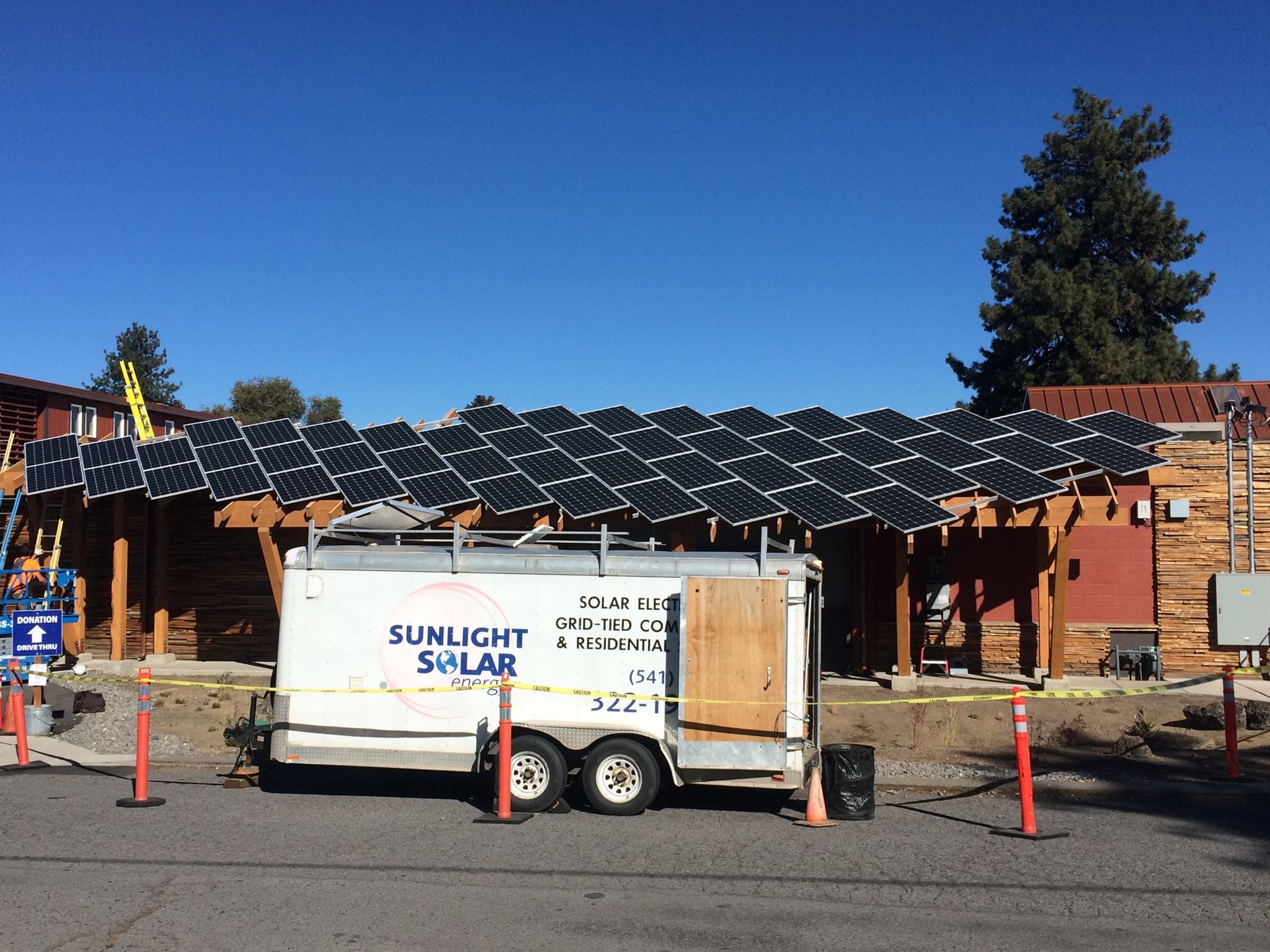TheTalkingMule
Distributed Energy Enthusiast
Yep... even in a place like NM... importing wind energy from Oklahoma will likely always be cheaper than using MASSIVE batteries due to changes in solar insolation from storms or seasons.
You don't need massive batteries to get rid of utilities as we know them. So long as they simply manage the means to sell and shift supply between regions, most local needs can be handled by the third party installed/monitored micro-grid and oversized renewables. Haven't read up on it yet, but it looks like Germany's utils have already begun adapting by carving off all production and focusing on grid management.
Without the incentive to add greater and greater amounts of centralized production, the more logical and efficient solutions will naturally take over. How all that supply is traded.......who knows, but I don't see any way our system isn't rapidly decentralizing in 10 years. Once that ball gets rolling you'll likely see the long distance lines stretching as noted above. Spain at some point is logically going to want to stretch out as far as is humanly possible to get value for it's massive excess solar capacity.



